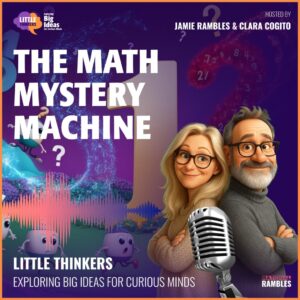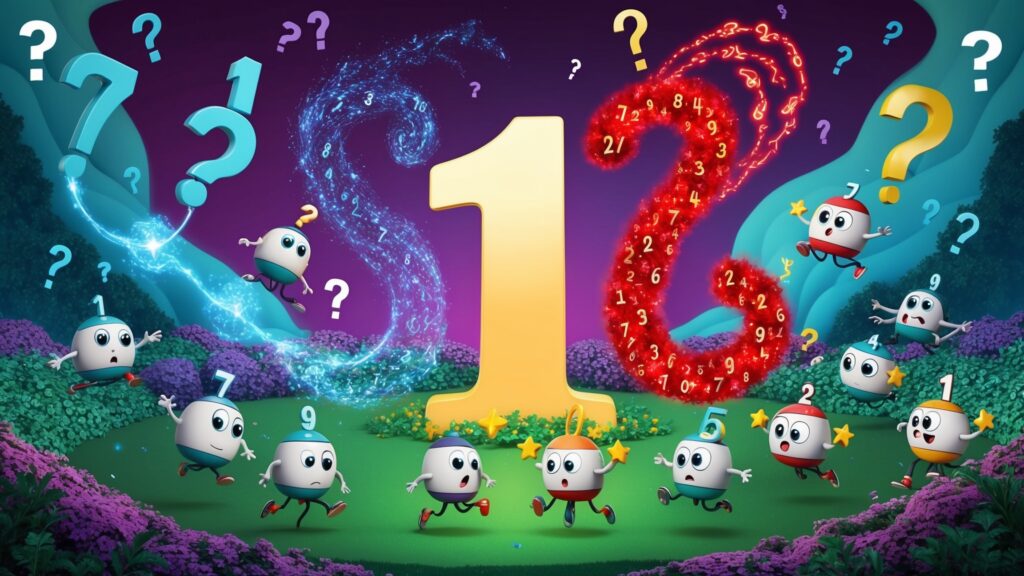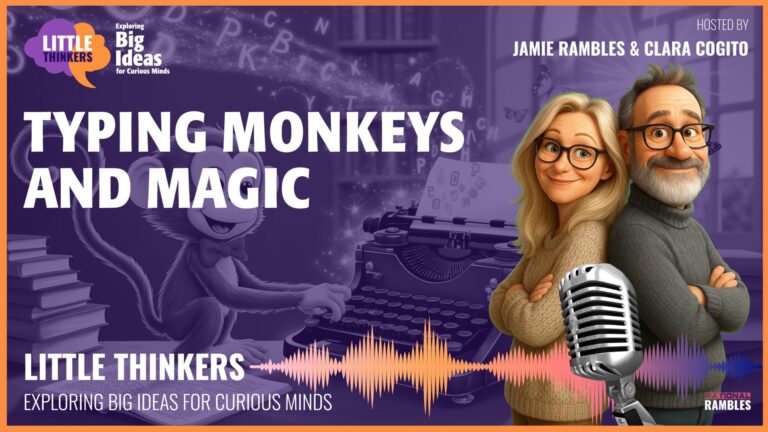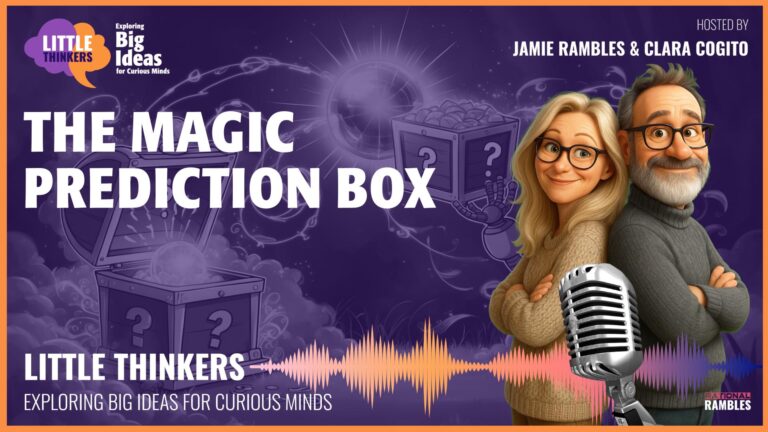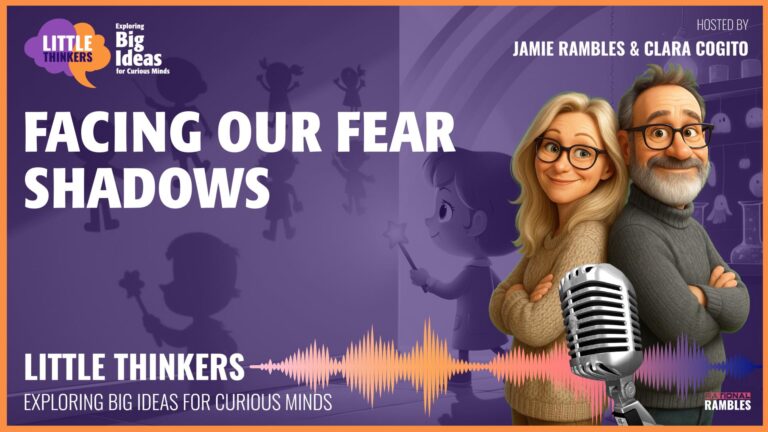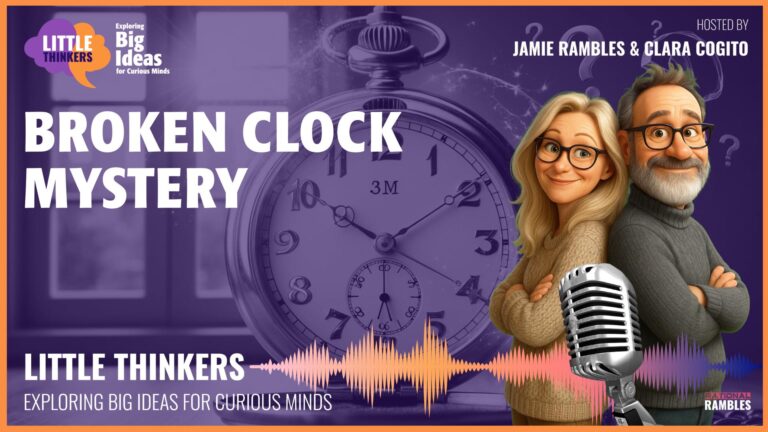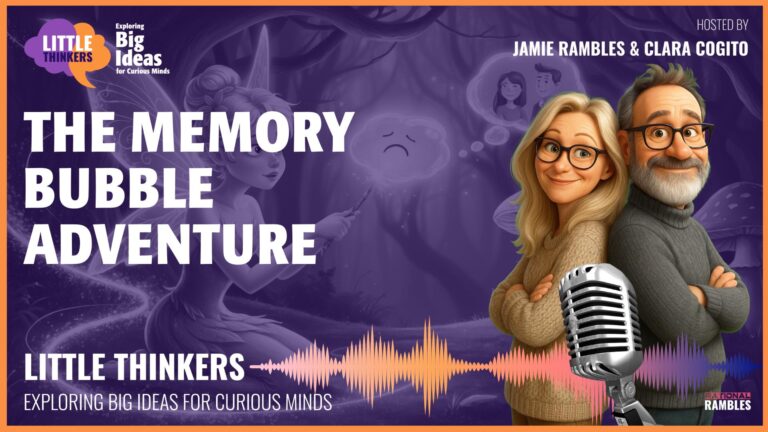The Number Mystery: A Roller Coaster Ride Through the Collatz Conjecture!
A Puzzling Number Machine
Have you ever had a toy that seemed simple but could do amazing things? Well, today we’re going to explore a number puzzle that’s so tricky, even the smartest math experts in the world haven’t solved it for more than 80 years! It’s called the Collatz Conjecture (that’s a fancy way of saying “a really good guess about numbers”), but let’s call it the Magic Number Machine!
How Does Our Magic Number Machine Work?
Imagine you have a special machine where you can put in ANY number you want. It could be small like 5, bigger like 100, or super huge like a million! This machine follows two very simple rules:
- If your number is even (like 2, 4, 6, 8 – numbers that can be split into equal pairs), the machine divides it by 2.
- If your number is odd (like 1, 3, 5, 7 – numbers that always have one leftover), the machine multiplies it by 3 and then adds 1.
That’s it! Just two simple rules. Let’s try it out!
Let’s Play with Some Numbers!
If we put the number 4 into our machine:
– 4 is even, so we divide by 2 → we get 2
– 2 is even, so we divide by 2 again → we get 1
– 1 is odd, so we multiply by 3 and add 1 → we get 4
– And then we’re back where we started! We go 4 → 2 → 1 → 4 and around and around like a merry-go-round!
Now let’s try 5:
– 5 is odd, so we multiply by 3 and add 1 → we get 16
– 16 is even, so we divide by 2 → we get 8
– 8 is even, so we divide by 2 → we get 4
– 4 is even, so we divide by 2 → we get 2
– 2 is even, so we divide by 2 → we get 1
– And then we start the loop: 1 → 4 → 2 → 1…
Did you notice that? We ended up at 1 again!
The Big Mystery!
Here’s the amazing thing that makes mathematicians scratch their heads: No matter what number we start with, it seems to always end up at 1 eventually! Mathematicians have checked millions and millions of numbers—even numbers so big they’d take you a thousand years to count to—and they all reach 1!
But here’s the brain-twister: nobody can prove that every single number will reach 1. It’s like saying “all dogs can bark” but not being able to check every dog in the whole wide world!
The Number Roller Coaster
Some numbers take really wild rides before reaching 1. Let’s look at the number 27:
27 → 82 → 41 → 124 → 62 → 31 → 94 → 47 → 142 → 71 → 214 → 107…
The journey continues with lots of ups and downs, like a roller coaster! The number 27 actually climbs all the way up to 9,232 before finally coming back down and reaching 1. And it takes 111 steps to get there! That’s like climbing up and down a staircase 111 times!
Why Can’t Super-Smart People Solve This?
You might be thinking, “The rules are so simple! Just divide by 2 or multiply by 3 and add 1. Why is this so hard to figure out?”
That’s what makes this puzzle so fascinating! Sometimes the simplest questions are the hardest to answer. It’s like asking, “Why is the sky blue?” The question is easy to ask, but the answer gets very complicated!
The problem is that there are infinitely many numbers. That means there are more numbers than stars in the sky, more than grains of sand on all the beaches, more than anything you can count! And we’d need to be sure that every single one of these infinitely many numbers eventually reaches 1.
Wacky Number Facts!
Did you know that computers have checked the Collatz Conjecture for numbers up to 268 quintillion? That’s 268 with 18 zeros after it! It looks like this: 268,000,000,000,000,000,000!
But even after checking all those numbers, we still don’t know for sure if every number eventually reaches 1. Maybe there’s a super sneaky number hiding out there that never reaches 1, or maybe there’s a number that just keeps zooming up higher and higher like a rocket ship to infinity!
Who Invented This Puzzle?
This puzzle was created by a mathematician named Lothar Collatz in 1937—that’s more than 80 years ago! He probably never guessed that his simple number game would keep people puzzled for so long. Maybe he’s up in the sky somewhere, giggling at all the mathematicians still trying to figure it out!
Play the Collatz Game!
Want to explore this mystery yourself? Here’s a game you can play with friends or family:
- Each person picks a secret number (the bigger, the more interesting!)
- Follow the rules: even numbers divide by 2, odd numbers multiply by 3 and add 1
- Count how many steps it takes to reach 1
- The person whose number takes the most steps wins!
You can play with pencil and paper, or use toys or counters to keep track of your numbers. Maybe you’ll find a number that takes even more than 111 steps to reach 1!
What You’ll Need
- Paper and pencil
- A calculator (for big numbers)
- Your amazing brain!
Why Math Mysteries Matter
Mathematics isn’t just about finding answers—it’s about asking cool questions and exploring number mysteries! Sometimes not knowing the answer is the most exciting part.
This puzzle also reminds us that it’s okay not to know everything. Even the smartest people in the world are still learning and wondering about things! When you play with numbers and puzzles like this, you’re thinking just like a real mathematician.
Brain Power Booster!
Our brains are a bit like this puzzle! Simple brain rules can create super complicated thinking patterns. That’s why we can think up all sorts of wild ideas from just a few basic brain cells working together! When you’re puzzling over the Collatz Conjecture, your brain is getting stronger and better at solving all kinds of problems.
Could YOU Solve the Mystery?
Maybe one day, YOU will be the one to solve this amazing number puzzle! Some of the biggest discoveries in math and science came from people just playing around with ideas for fun.
So pick a number, any number, and follow it on its Collatz journey. Count the steps and see if you can find a number with a super long journey! Maybe you’ll notice a pattern that nobody else has seen before.
Even if you don’t solve it, you’ll have fun with numbers, and that’s important too! It’s like making friends with numbers so they don’t seem scary anymore.
Remember: sometimes the simplest questions lead to the biggest adventures! Happy number exploring!
